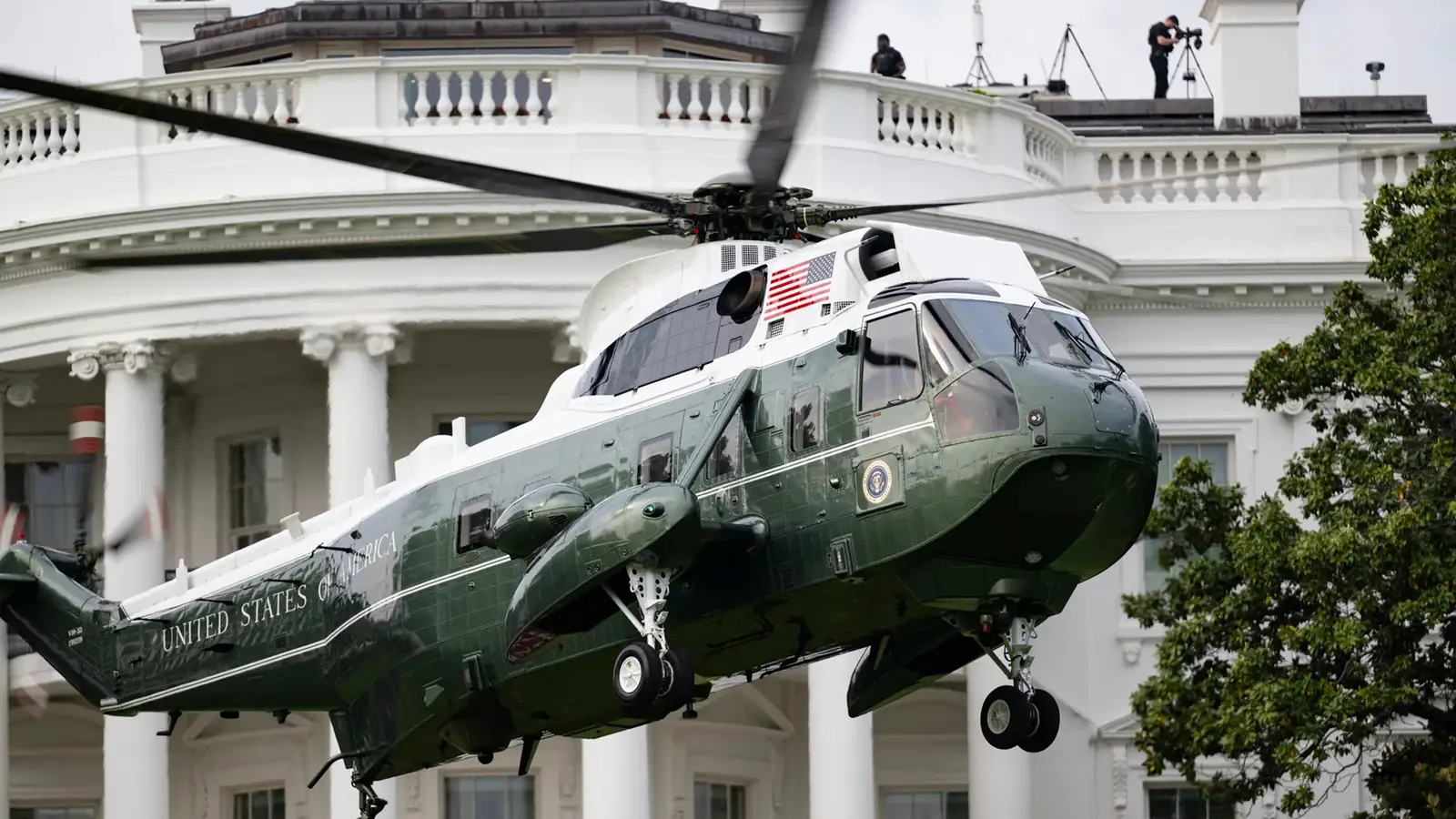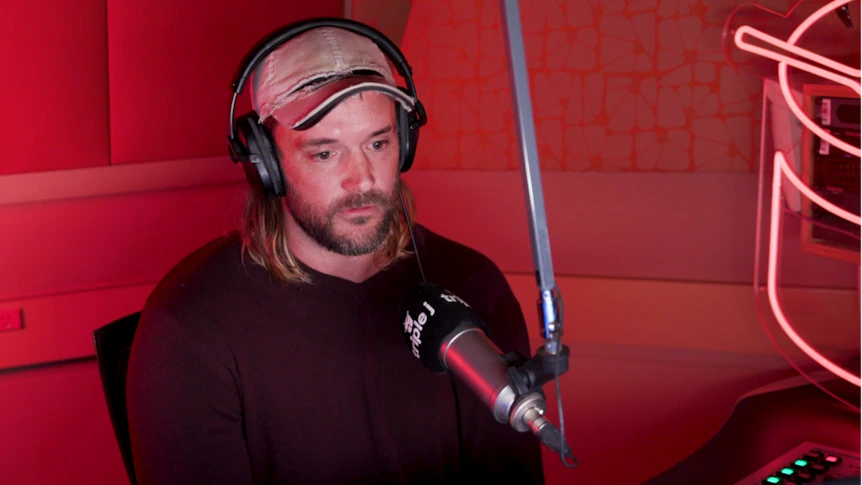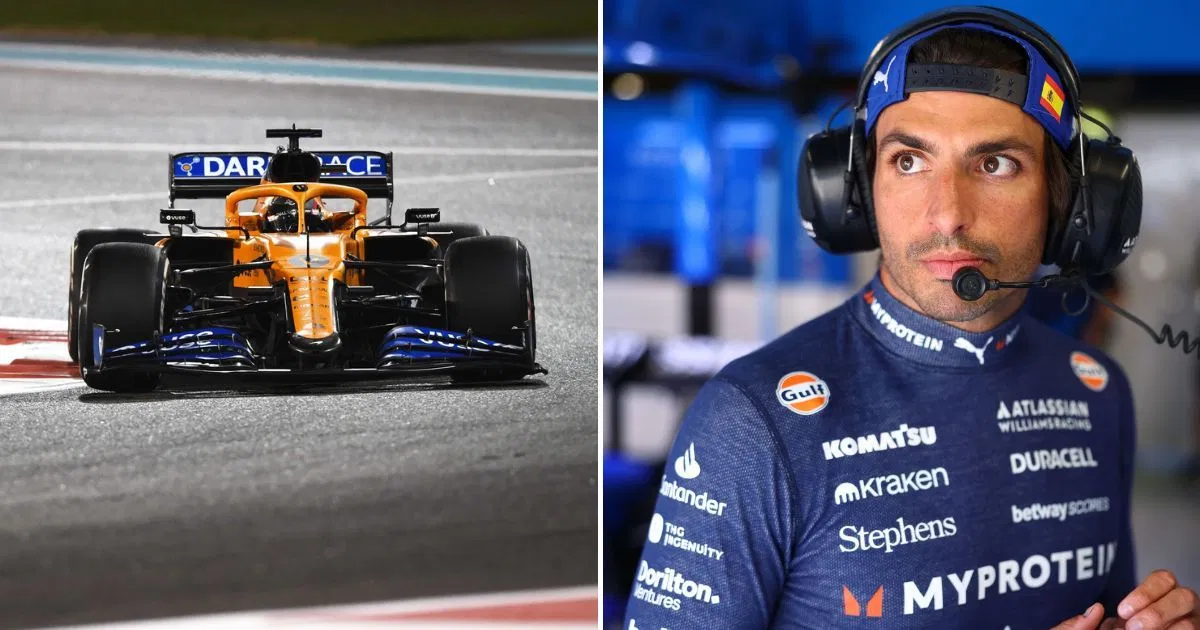
The suspect arrested for pointing a laser at the President’s helicopter during its approach to the White House. A uniformed Secret Service member saw him in the act on a public street, according to the New York Times. Jacob Samuel Winkler, 33, is the perpetrator currently facing felony charges for his dangerous and malicious action.
“Marine One,” as is the call sign of helicopters when they carry the President of the United States, was flying low when the incident happened. Landing in a populated area, especially as dense as the city of Washington DC, is a delicate task for any pilot, and the result could be catastrophic if a crash were to happen.
Laser Strike: A Federal Crime
The act of pointing a laser at an aircraft is referred to as a “laser strike”by the Federal Aviation Administration (FAA). It presents severe danger to pilots that can be completely blinded during critical phases of flight by the light’s reflection on the cockpit glass. The penalty is typically a fine as high as $32,646, but Winkler has been charged with a felony for his offense.
Additional details from sources like NBC 4 News, Los Angeles, state that Winkler was walking through the street, shirtless, while talking to himself loudly. The officer used a flashlight to get Winkler’s attention before he retaliated by shining the laser at him. At that moment, the President’s helicopter flew overhead and Winkler pointed his laser at it instead.
Winkler expressed a desire to apologize to Trump as he was being handcuffed according to the Secret Service. US Attorney Jeanine Pirro gave the following remarks in a statement reported by NBC Los Angeles:
“This behavior endangers Marine One and everyone on board. If you engage in this act, you will be identified and prosecuted to the fullest extent of the law.”
Marine One: HMX-1 Nighthawks
Winkler may not have been targeting Marine One, but the danger that his action presents makes it likely that he will be prosecuted harshly as a deterrent to any future perpetrators. The FAA investigates all laser strikes and, despite many being used from long distances in cityscapes, they have a high success rate in finding the malicious actors.
Famously, Marine One frequently lands on the south lawn of the White House, making it easy to spot the helicopters even though flight times are not published to the public. The White House has extensive security measures, but the ease with which a laser can be used by anyone from a dense city environment still makes them vulnerable.
The call sign Marine One can be assigned to any helicopter that the President (POTUS) is aboard, but by far and large, the unit that carries out the important duty of transporting the commander in chief by rotary-wing is the squadron HMX-1. Established in 1947, the US Marines unit is dubbed the “Nighthawks” and operates a fleet of Sikorsky “White Top” VH-3D Sea King and VH-60N “White Hawk” and the Boeing-Bell “Green Top” MV-22B Osprey.
Laser Threats To Aviation Safety
Under the law established by US Code 18 § 39A, Winkler can be sentenced up to 5 years in prison for his intentional laser strike on Marine One. The US is increasing penalties for laser strikes as the frequency of incidents has grown to dangerous levels. In 2024, there were 12,048 laser strikes reported by pilots and the FAA reports that there have been 5,913 incidents so far in 2025.
Beyond disorientation, laser effects on pilots can cause lasting damage to vision. The greatest danger is obviously that pilots blinded by the laser beam will crash, but fortunately that worst case scenario has never come to pass. There were 15 injuries related to lasers in 2024 and the FAA already reports 6 laser strike related injuries this year. In 2021, the agency issued $120,000 in fines for laser offenses.



